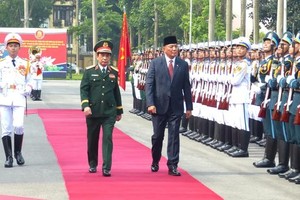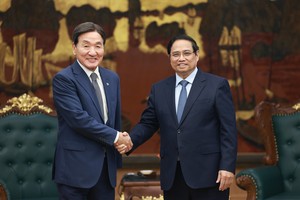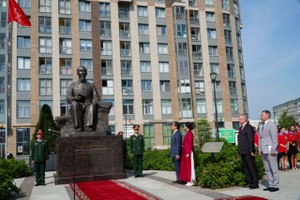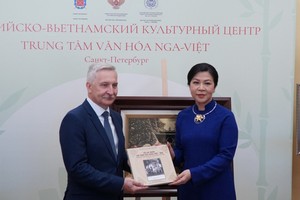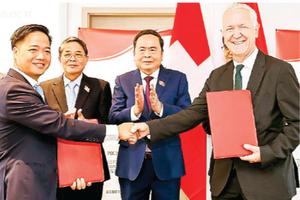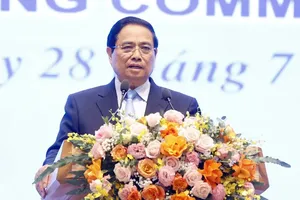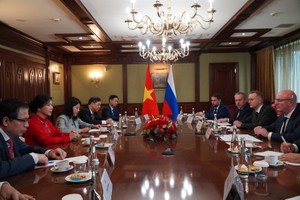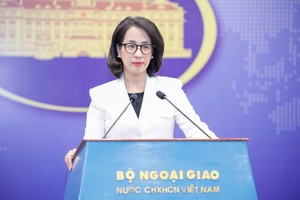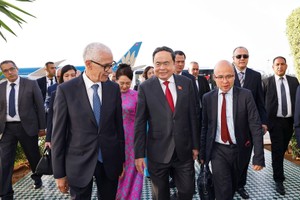WASHINGTON, Aug 9, 2011 (AFP) - The Federal Reserve pledged Tuesday to hold interest rates near zero for two more years to counter an economy facing increased risks of stalling.
But the Fed offered no successor to the $600 billion "QE2" stimulus program that wound up in June, though it said it was reviewing available tools to boost a slowing economy.
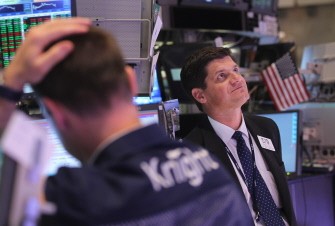
Meeting as worries grew of a new US recession, the Fed's policy board admitted growth had been "considerably slower" than expected so far this year.
It maintained its key interest rate at the ultra-low level of 0-0.25 percent -- in place since December 2008 -- and vowed to keep "exceptionally low" rates "at least through mid-2013."
The Federal Open Market Committee said after a one-day meeting that it now expects growth at a "somewhat slower pace" over the coming quarters than it had estimated in June.
And "downside risks to the economic outlook have increased," it added in a post-meeting statement.
The signal of a concrete term for the low rate was a shift from earlier FOMC statements, which said only that the rate would be held for "an extended period" -- a hedge in policy in case inflation picked up.
Instead, the latest FOMC statement made clear the central bank is no longer concerned about inflation, predicting that it "will settle" over the coming quarters.
"This is an exceptionally dovish Fed statement that downplays the inflation risks and significantly downgrades the Fed's assessment of economic growth," said analysts at RDQ Economics.
But three dissenters on the FOMC objected to setting a timespan for the ultra-low rate policy, favoring instead the previous formulation, according to the statement.
Meeting for the first time since its QE2, or "quantitative easing" asset purchase program ended a little over a month ago, the Fed is seen as having few options to overcome stagnating growth and the growing pessimism that sent stock markets on their deepest plunge since the crisis of 2008.
But since learning the economy grew at around a one percent pace in the first half of the year, US officials have sought to fend off suggestions of a "double-dip" recession, two years after the 19-month "Great Recession" ended in June 2009.
Analysts said before the FOMC meeting that a move to set a timeframe on interest rates could signal that the Fed will continue to stimulate the economy.
"The Fed could change its mind about this, but the economy would have to revive rapidly for it to do so," said Nigel Gault of economics consultant IHS Global Insight.
"The purpose to the time scale is to anchor expectations of future short-term rates at very low levels, pressing longer-term interest rates down."
But the specific commitment on rates was not seen as uniformly positive -- some economists said it unnecessarily locked the Fed policy into place.
"The explicit promise to keep the Fed Funds low until mid-2013 limits significantly the future flexibility of the FOMC (the apparent reason of three hawkish dissents) and represents quite a hard-line commitment for the Fed," Inna Mufteeva of Natixis said in a client note.
The Fed, meanwhile, gave no hint that it was considering a successor to QE2, only that the meeting "discussed the range of policy tools available" to promote growth.
QE2, which ran from November to June, pumped $600 billion into the economy through purchases of Treasury bonds.
That money remains in the system, and the Fed did say it has no plans to reel it in.
Michael Gapen of Barclays Capital said the brief Fed statement could be a harbinger of some kind of modified QE3.
"The downgrading of the economic outlook, the expectation that headline inflationary pressures will continue to moderate and the pledge to use 'a range of policy tools available' in light of incoming information send a strong signal that further sluggishness may lead to a new asset purchase program," he added.
US stock markets, hoping to sustain a rebound from Monday's five percent-plus plunge, were higher after the news.
But the dollar dropped, losing 5.3 percent on the Swiss franc, 1.3 percent on the Japanese yen and 1.0 percent on the euro.
"There is nothing here to restore confidence in the dollar. Monetary policy is not holding back economic growth, but maintaining the current stance of policy for the next two years (at least) is likely to foster inflation pressures," said RDQ Economics.
